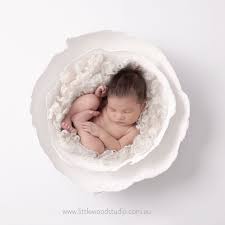A great photographic backdrop is one that blends seamlessly with the subject. To create a seamless background, follow these tips:
Techniques to create a seamless background
One of the best techniques to create a seamless background is by separating the light that goes on the subject and the background. This way, you minimize hotspots and shadows. If you’re using a stand mount, use a bubble level and a counterweight to ensure the background is correctly exposed. Another effective technique is to use white poster board as a background. In this way, you’ll avoid lens flares.
A plain white background is ideal for product photography, such as displaying a product. You can purchase white paper at most camera and office supply stores. White paper comes in long rolls that can create a seamless white sweep. This technique reduces the amount of post-production work needed. White background photography is synonymous with e-commerce photography. It’s simple, effective, and a popular choice among photographers.
Adding variety to your digital backdrops
Adding variety to your digital backgrounds in photography will give you more options for enhancing your images. Oftentimes, the background is what can make or break an image. An unattractive backdrop can take attention away from the subject, resulting in lost sales. Fortunately, there are many options for backdrops that will suit a variety of styles, subjects, and budgets. Here are some tips for adding variety to your images:
Use bold colours to evoke a sense of energy in your digital presence. Don’t be afraid to mix and match your colour palette. Try adding a pattern to your digital backgrounds. Adding a little pattern can add a unique mood or story. This is an easy way to add variety to your photography gallery. Make sure to experiment with colours that complement the subject of the image. By using different colours, you can create a visual mood or story.
Overexposing a high key background
Rather than overexposing a black subject to make it look white, some photographers choose a high-key background. This technique focuses on piling light into the subject. The result is a strikingly bright image with a high contrast. Learn about the importance of the background’s contrast and learn how to light the subject appropriately. Overexposing a high key digital background can make a shot look like a dream.
Overexposing a high-key digital background in photography counteracts the tendency of a camera to average the scene. A trick that can be used to compensate for this is to use an 18% grey card placed in front of the subject to set the exposure to the light meter’s average reading. This is a simple trick to avoid overexposing your subject, but the results can be dramatic. You can also take advantage of the effects of high-key lighting in your photos.
Creating realistic-looking composites
Creating realistic-looking photo composites may sound like an impossible task, but the process is actually much easier than you think. The key to creating an impressive photo composite is to match lighting and perspective in the individual images. The size of each subject should match the background, and the exposure settings should match as closely as possible. Using the same lighting style across both images will also help you avoid a jarring effect.
When making a composite, remember that the background image should match the person image. Even if the photo is taken during the daytime, the background image must be in the shade at night. You should also check the direction of the light in the person image. The light should match the light in the background scene. If it doesn’t, the composite overlay will not look right. In addition, make sure the camera angles match the focal lengths. If they don’t, you’ll have to go back and edit the image to make it match.

